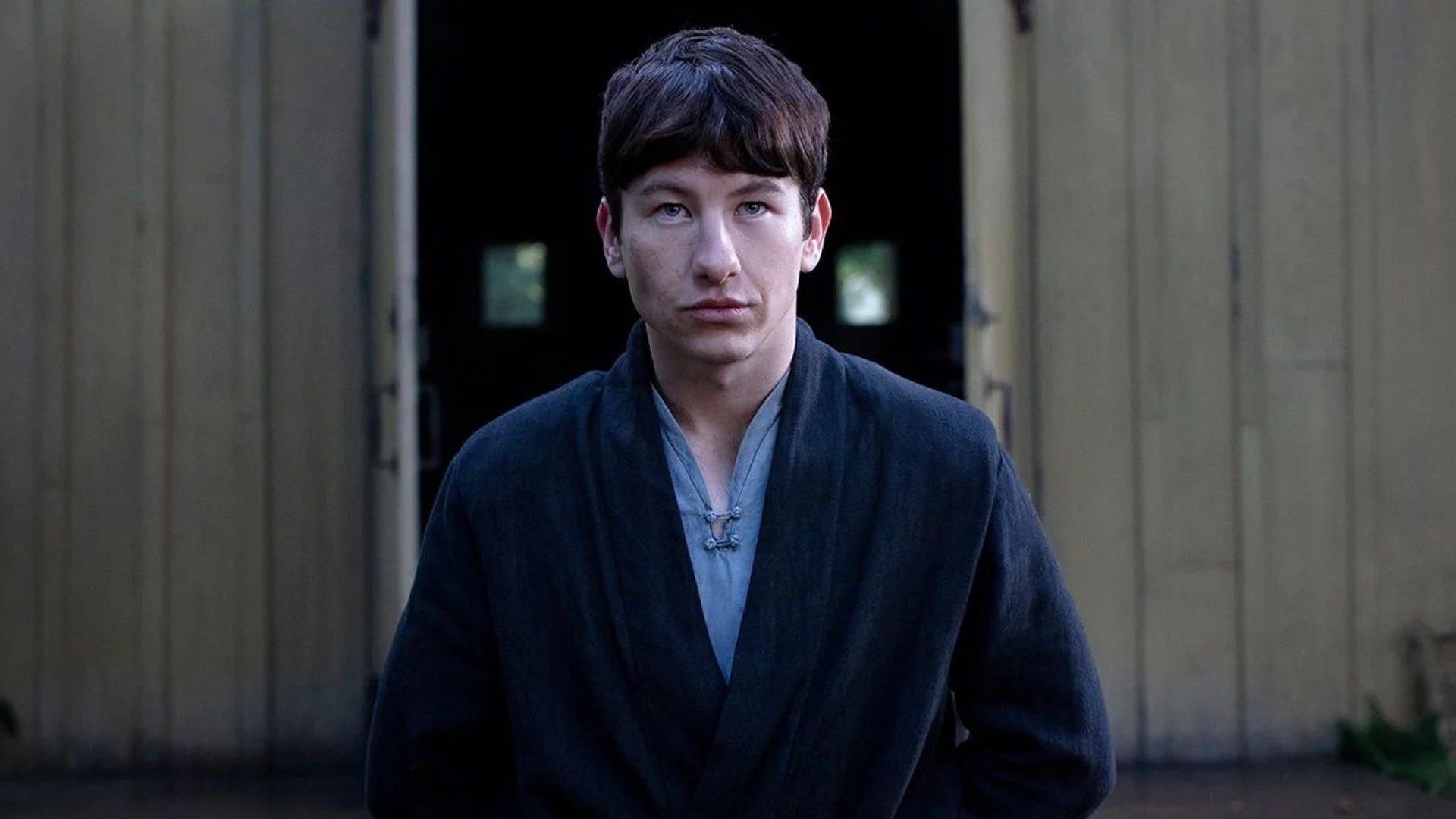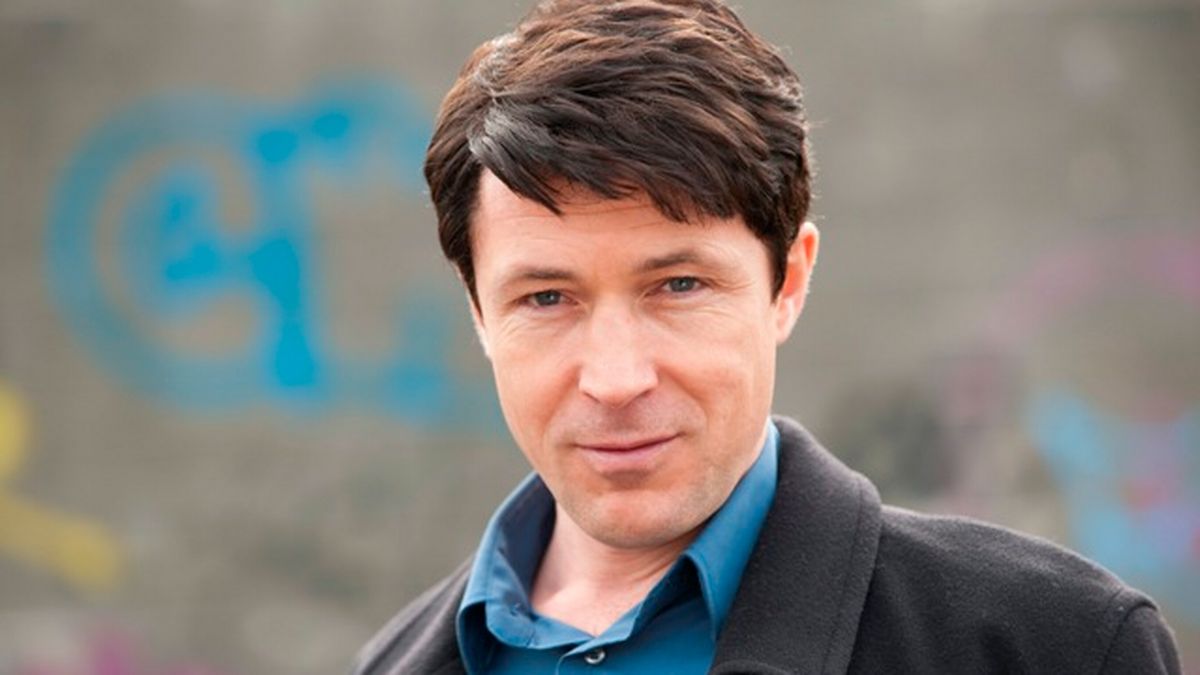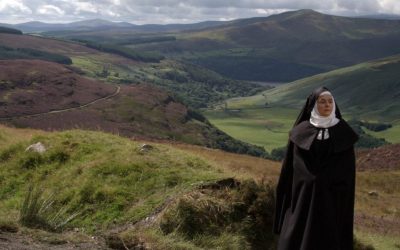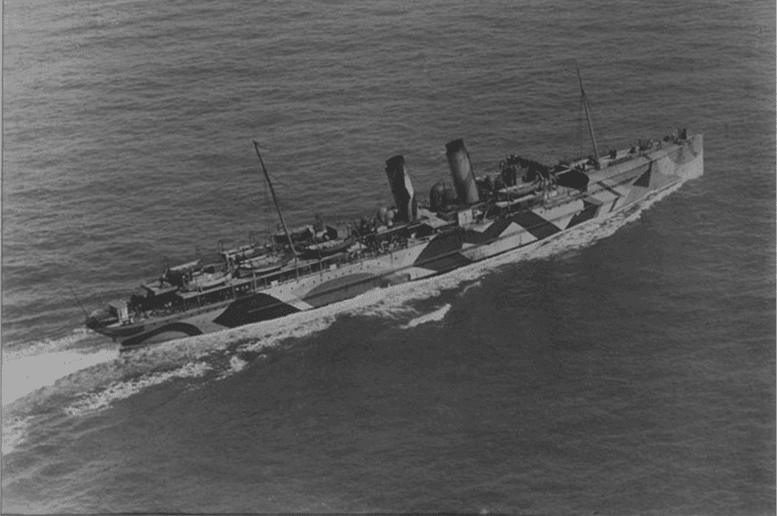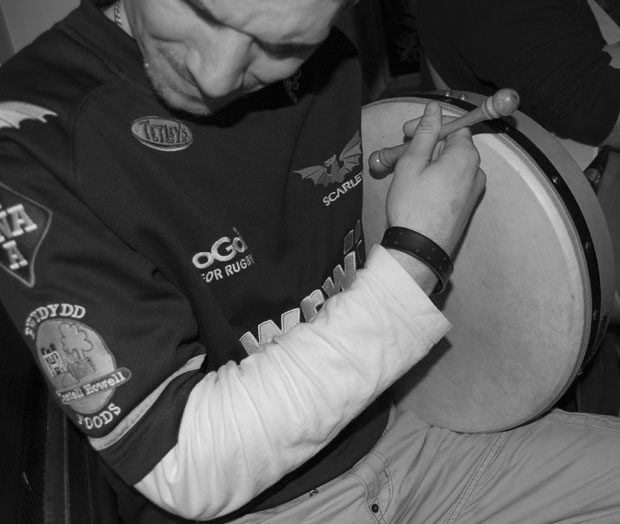From the earliest times, there has always been a lot of movement between the people of Ireland and Scotland. Indeed, it is highly probable that the very first people to live in Ireland entered the country across the North Channel from Scotland.
The Scottish people, whom the Romans called Picti, were also established in Ireland, particularly in Ulster where they were known as the Cruithin. In Roman times Irish marauders frequently raided western Britain and eventually the kingdom of Dal Riada established colonies on the western coast of Scotland. Needless to say, one result of this intercourse was that the Gaelic language became established and dominated the tribal lands of Scotland for many centuries.
The foreigners who speak Gaelic
In the 9th century AD, the Vikings began their raids and they also began colonies, particularly in the Hebrides and along the northwestern coasts of Scotland. These Norse settlers intermarried with the Gaelic speaking natives and adopted the language. The resulting mixed population became known as the Gael-Gall, which literally means the foreigners who speak Gaelic. The King of Norway claimed sovereignty over them until 1263 AD, when the Stewart of Scotland, Alexander of Dundonald, acting on behalf of Alexander iii King of Scotland defeated Hakon Hakonarson King of Norway at Largs in Argyll.
The Gael Gall were famous as fierce and brave warriors and as such, they hired themselves out to serve as mercenaries. In Ireland, these mercenaries became known as Gallóglaich. It is a word compounded from three, Gall, a foreigner, óg meaning young, and laoch meaning a warrior or hero.
The Gallowglasses arrive in Ireland
The first historical mention of the gallowglasses operating in Ireland is circa 1259 AD when Aedh Ó Chonchubhair a king in Connaught received a contingent of over 150 of these warriors as part of a dowry given by the king of the Hebrides, (hInnse Gaill,or islands of the foreigners).
When the Normans invaded Ireland their advance was stopped in 1270. Ó Conchubhair put his Galloglassess to good use and slaughtered the Norman force near Carrick-on-Shannon.
When Edward Bruce came to Ireland to claim Kingship in 1315 he was accompanied by a great force of the Gallowglasses. The other Irish kings also started to hire the fierce Scottish warriors who spoke their language and shared similar customs. Not only would the Irish Kings use the Gallowglasses in battles against the Norman English but they also used them in feuds against other Irish Kings.
The Irish nobility inter-married with the Gael-gall and gave them lands and property throughout the island but particularly in Ulster. They were accepted and integrated completely with the native Irish at all levels including the nobility, especially within the northern half of the country but also in Munster and Connaught. It has been recorded that Galloglass were in use as late as 1645 when MacCarthy Riabhach used them in an assault on Mallow in County Cork.
Battledress of the Galloglasses
These fierce warriors went into battle dressed in knee-length chain mail over padded jackets and they wore iron helmets to protect their heads. They used a battle ax that was so heavy that it needed two hands to hold it. They also were skilled in the use of the great sword, an claidhmór or claymore, and used throwing spears.
Today their clan names are part and parcel of Irish society and are to be found throughout the country. Names such as Sweeney, McDonnell, Mc Cabe, O’ Gallagher,O’ Boyle, McQuillan, McDowells, McSheehy, McConnell, McRory, McGill, McCoy, Campbell, Agnew, McCallion and MacNeill. Many other surnames are also recorded as originating within the gallowglass tradition.
references
- History of Ulster by Jonathan Bardon. The Blackstaff Press. Belfast 2007 edition.
- The Course of Irish History by T.W. Moody & F.X. Martin. Mercier Press. 2001 edition.
- Gallowglass, 1250-1600, Gaelic Mercenary Warrior by Fergus Cannan, Illustrated by Seán Ó Brogáin. Osprey Publishing Ltd. Oxford 2010.
External Links
- About The Gallowglasses - Article from the Last Gaelic Empire
- Gallowglass Warriors - The DBS Irish studies blog.

